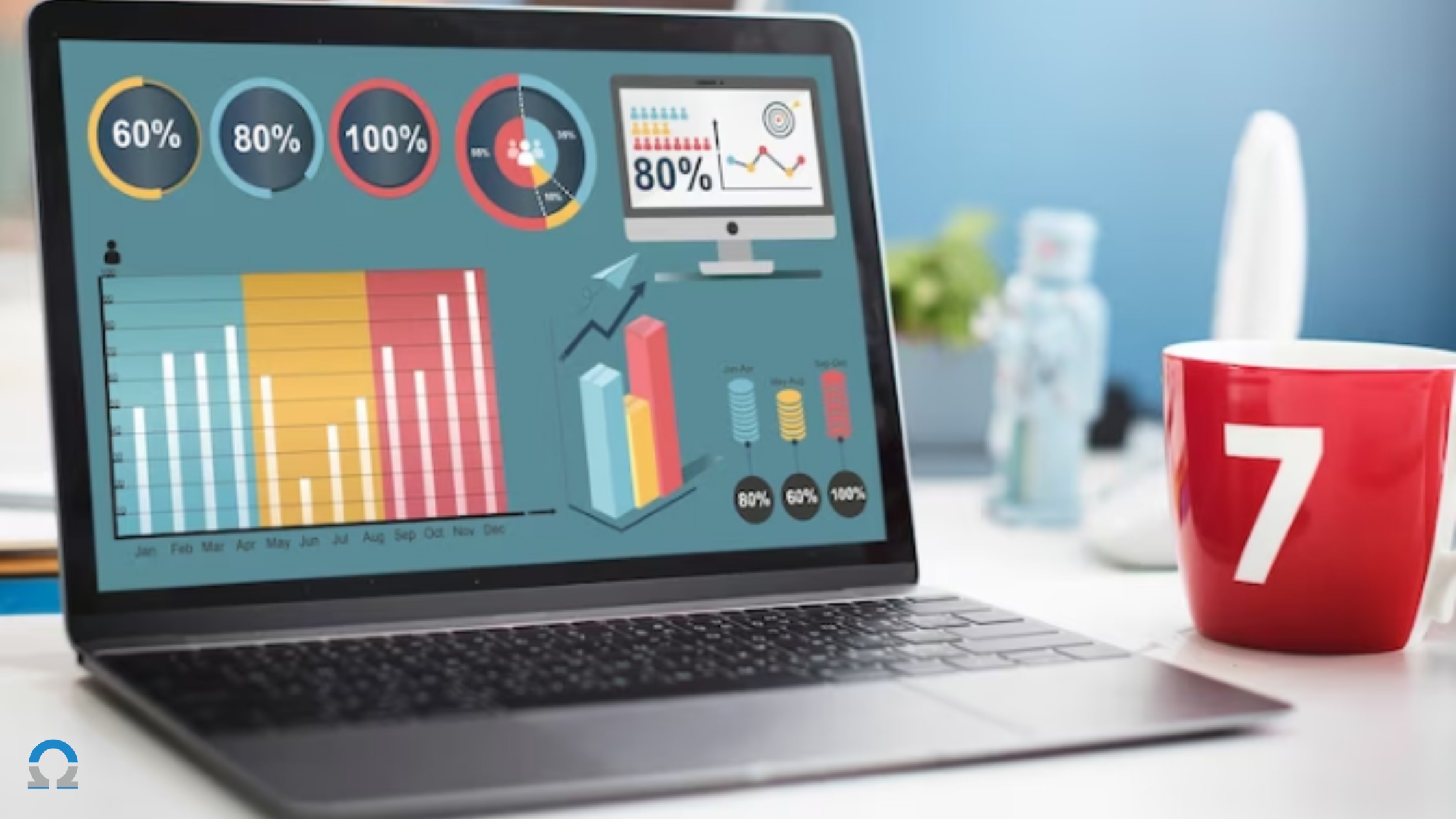Blog categories
Data Analytics Tools: Choosing the Right Platform for Your Needs
Introduction:
In the dynamic landscape of data analytics, choosing the right platform is essential for extracting meaningful insights. With a plethora of options available, selecting the most suitable tool can be a daunting task. This article will guide you through a step-by-step process to help you make an informed decision when it comes to selecting data analytics tools.
Table of Contents:
1. Define Your Objectives and Requirements
2. Understand Your Data Sources and Formats
3. Consider Ease of Use and User Interface
4. Evaluate Data Processing and Manipulation
Capabilities
5. Assess Visualization and Reporting Features
6. Consider Integration and Compatibility
7. Evaluate Scalability and Performance
8. Budget and Cost Considerations
9. Conclusion

Step 1: Define Your Objectives and Requirements
The first step in choosing a data analytics tool is to define your specific objectives and requirements. Are you focusing on business intelligence, advanced analytics, or both? Consider factors such as data volume, complexity, and the level of visualization capabilities needed.
Step 2: Understand Your Data Sources and Formats
Understanding the sources and formats of your data is crucial. Different tools may be optimized for specific data types or sources. Ensure that the tool you choose is compatible with your existing data infrastructure.
Step 3: Consider Ease of Use and User Interface
A user-friendly interface is essential for efficient data analysis. Look for tools that offer intuitive navigation and a clear layout. This will reduce the learning curve and enable users to quickly harness the power of the tool.
Step 4: Evaluate Data Processing and Manipulation Capabilities
Examine the data processing and manipulation capabilities of the tool. Can it handle complex operations like joins, transformations, and aggregations? This is especially important for tasks that require extensive data preparation.
Step 5: Assess Visualization and Reporting Features
Effective visualization is key to presenting insights in a compelling and understandable manner. Look for tools that offer a wide range of visualization options, including charts, graphs, and interactive dashboards. Additionally, consider the reporting capabilities for sharing results with stakeholders.
Step 6: Consider Integration and Compatibility
Integration with existing systems and compatibility with other tools in your tech stack are vital considerations. A seamless integration will ensure that the chosen data analytics tool complements your current workflow and enhances overall productivity.
Step 7: Evaluate Scalability and Performance
As your data volume grows, so do the demands on your analytics platform. Ensure that the tool you choose can scale to accommodate larger datasets without sacrificing performance. This is crucial for long-term sustainability.
Step 8: Budget and Cost Considerations
Budget constraints are a reality for most organizations. Evaluate the pricing structure of the data analytics tool, considering factors such as licensing fees, subscription models, and additional costs for advanced features or support.
Conclusion:
Choosing the right data analytics tool is a critical
decision for any organization looking to derive insights
from their data. By following these steps - from defining
objectives to considering budget constraints - you can make
an informed choice that aligns with your specific needs.
Remember, the ideal tool should not only meet your current
requirements but also have the flexibility to adapt to
future challenges and opportunities in the ever-evolving
field of data analytics.
For more details contact us at
sales@infoscience.co
or whatsapp at
+1 313 462 0002
- Tags :
- Data Analytics
- Data Analysis Tools
- Business Intelligence
- Data Visualization
- Data Processing
- User Interface
- Integration
- Scalability
- Performance
- Budget Constraints